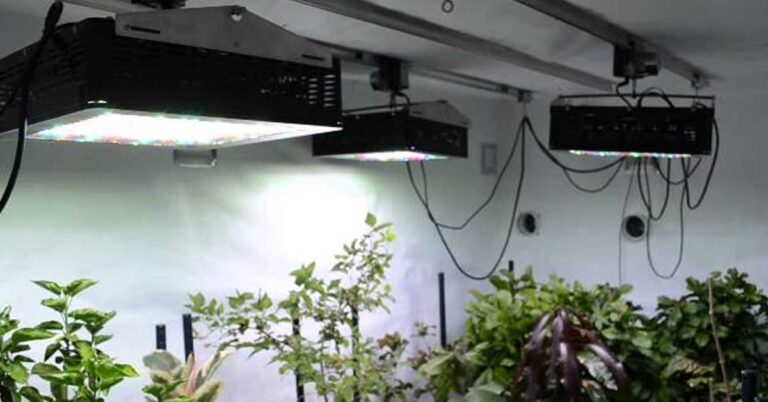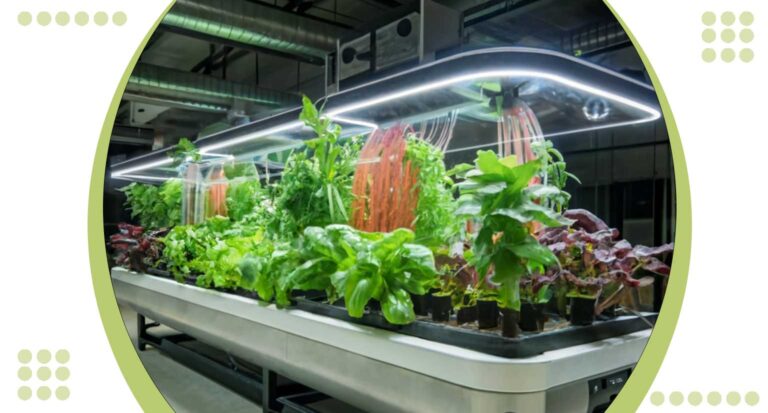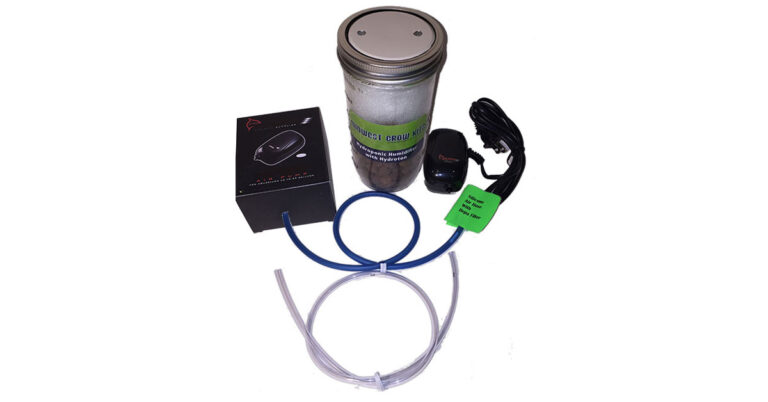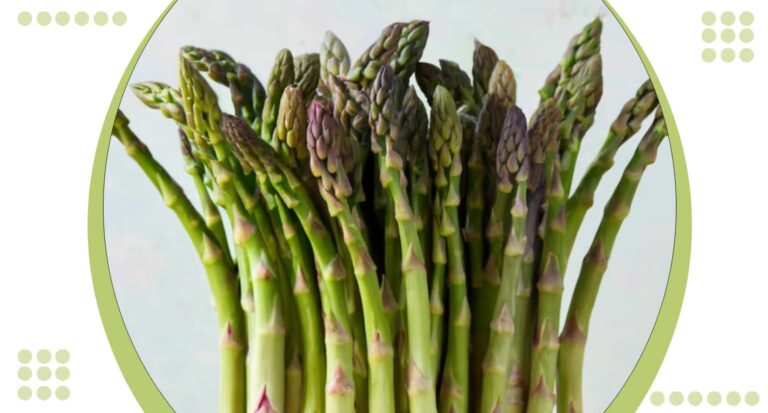Understanding the RDWC Hydroponic System
Welcome to the exciting world of the RDWC (Recirculating Deep Water Culture) hydroponic system, a groundbreaking technology that promises unparalleled growth for your plants.
Harnessing the advantages of recirculating hydroponics and the deep water culture technique, RDWC offers gardeners an innovative and efficient way to nurture their crops.
Whether you’re a professional horticulturist, a hobby grower, or somewhere in between, understanding the intricate dynamics of the RDWC hydroponic system can truly elevate your gardening game.
Let’s delve into the heart of this system and unravel the wonders it brings to sustainable agriculture.
Understanding the RDWC Hydroponic System: Beyond Conventional Recirculating Hydroponics
The RDWC hydroponic system is an advanced adaptation of the traditional Deep Water Culture (DWC) method, designed to maximize the productivity and efficiency of your garden. This innovative system incorporates the principle of recirculating nutrient solution to provide plants with a continuous supply of nutrition, optimizing growth and yield like never before.
Unlike other hydroponic techniques such as the nutrient film technique or flood-and-drain hydroponics, RDWC operates by creating a constant flow of oxygenated water and nutrients directly to the roots of your plants. The result? A thriving, vibrant garden, all year round.
But the beauty of the RDWC hydroponic system goes beyond just recirculating hydroponics. Its distinct setup promotes even distribution of nutrients, eliminates pH and electrical conductivity fluctuations, and requires less maintenance than a typical aeroponic system, making it an ideal choice for growers seeking a robust and reliable hydroponic solution.
Components of the RDWC Hydroponic System: The Perfect Fusion of Deep Water Culture and Aeroponic Systems
The RDWC hydroponic system combines the strengths of the deep water culture technique and aeroponic components to create a high-performance growing environment. Let’s break down these key components and discover how they contribute to the success of an RDWC setup.
Deep Water Culture Component: The Heart of the RDWC System
The Deep Water Culture (DWC) component forms the core of the RDWC hydroponic system. It’s a straightforward yet powerful technique that involves suspending plants in nutrient-rich water. The roots of the plants are directly immersed in the nutrient solution, providing them with an abundant supply of essential elements needed for growth.
Unlike in a conventional DWC setup, in an RDWC system, the nutrient solution is not static but recirculates throughout the system. This continuous flow of nutrient solution ensures that the plants always have access to the nutrients they need, leading to faster growth and increased yields compared to other hydroponic methods like flood-and-drain hydroponics or the nutrient film technique.
Aeroponic Component: Enhancing Oxygenation for Optimal Growth
The RDWC system borrows its aeroponic component from aeroponic systems, another innovative hydroponic method. In an aeroponic system, plant roots are suspended in air and periodically misted with nutrient solution. While the RDWC doesn’t incorporate the misting function of aeroponics, it does employ the principle of providing ample oxygen to the roots.
In an RDWC system, air stones or diffusers are commonly used in each deep water culture reservoir to constantly oxygenate the nutrient solution. This increased oxygen level boosts plant health and growth, as roots can absorb nutrients more efficiently when well-oxygenated. This ingenious combination of deep water culture and aeroponic components makes RDWC a leading choice for modern growers.
Different Techniques in RDWC Hydroponic System: Embracing Diversity in Hydroponic Growing
The RDWC hydroponic system is versatile and flexible, accommodating a range of hydroponic techniques. Whether it’s the continuous-flow technique, flood-and-drain method, or nutrient film technique, the RDWC system offers a myriad of ways to customize your growing experience to fit your needs. Let’s explore these methods and understand their unique contributions to the RDWC setup.
Continuous-Flow Technique: A Seamless Nutrient Delivery System
The continuous-flow technique is one of the most popular methods utilized in RDWC hydroponics. This technique involves a constant flow of nutrient solution to the plant roots, providing them with consistent access to water, nutrients, and oxygen. This continuous circulation of nutrient solution not only prevents any potential nutrient buildup but also ensures that the nutrient balance remains stable throughout the entire system.
This constant flow reduces the chances of nutrient lockout or pH imbalances, common problems faced by other hydroponic methods. As a result, the continuous-flow technique is often favored by growers for its reliability and its role in promoting robust and healthy plant growth.
Flood-and-Drain Technique: An Effective Nutrient Cycle
While not as common in RDWC systems, the flood-and-drain technique is another method that can be utilized. Also known as ebb-and-flow, this technique involves flooding the grow tray with nutrient solution at regular intervals, then draining it back into the reservoir. This action mimics the natural wet-dry cycle of traditional soil cultivation, giving roots time to absorb oxygen when the grow tray is drained.
While the flood-and-drain method requires careful timing to prevent root drying or waterlogging, when correctly implemented in an RDWC setup, it can lead to enhanced growth and greater yields.
Nutrient Film Technique: Ensuring Optimal Nutrient Uptake
The Nutrient Film Technique (NFT) is a unique method that can also be adapted to an RDWC hydroponic system. In NFT, a thin film of nutrient solution is constantly circulated over the roots, providing the plants with all the essential nutrients and oxygen they require. This results in efficient nutrient uptake, reducing wastage, and contributing to vigorous plant growth.
By incorporating the Nutrient Film Technique into an RDWC setup, growers can further optimize their systems for enhanced performance and improved harvests. With its blend of various techniques, the RDWC hydroponic system truly stands as a testament to the dynamic nature of hydroponic cultivation.
Managing Nutrient Solution in RDWC Hydroponic System: Nurturing Your Plants with Optimal Nutrition
One of the crucial aspects of maintaining an RDWC hydroponic system is managing the nutrient solution. As the lifeblood of your hydroponic setup, it provides your plants with the essential nutrients they need for growth. But managing this solution isn’t just about adding nutrients to water; it involves carefully monitoring and adjusting the solution’s pH and electrical conductivity, and replacing it regularly to ensure your plants get the best possible nourishment.
First, it’s important to regularly measure the pH and electrical conductivity (EC) of your nutrient solution. The pH level affects nutrient availability, while the EC gives you an idea of the concentration of nutrients in your solution. Maintaining these at optimal levels ensures that your plants can readily absorb all the nutrients they need.
Second, regularly refreshing the nutrient solution is vital. Over time, certain nutrients may build up in your solution, causing an imbalance. Regularly replacing the nutrient solution can prevent this, ensuring that your plants continue to receive a balanced diet.
Lastly, remember to monitor the temperature of your nutrient solution. A solution that’s too warm may encourage the growth of harmful pathogens, while a solution that’s too cold could slow down plant growth. Maintaining the right temperature will help keep your plants healthy and your RDWC system functioning optimally.
By diligently managing your nutrient solution in an RDWC hydroponic system, you can create a nurturing environment that encourages strong, healthy, and productive plants.
Conclusion
The RDWC hydroponic system is a remarkable fusion of technology and nature, offering a sustainable solution for modern gardening. With its emphasis on efficient nutrient delivery and versatile incorporation of various hydroponic techniques, it stands as a testament to the potential of hydroponic cultivation.
Whether it’s the continuous flow of nutrients, the flexibility of incorporating methods like the flood-and-drain technique or the nutrient film technique, or the optimal management of the nutrient solution, the RDWC system presents growers with a powerful tool for maximizing their yield and optimizing plant health.
As we move towards a future where sustainable and efficient methods of cultivation are more crucial than ever, embracing technologies like the RDWC hydroponic system will be key. The journey to mastering this system might be complex, but the rewards – a thriving, vibrant garden, and impressive harvests – are undeniably worth it.







